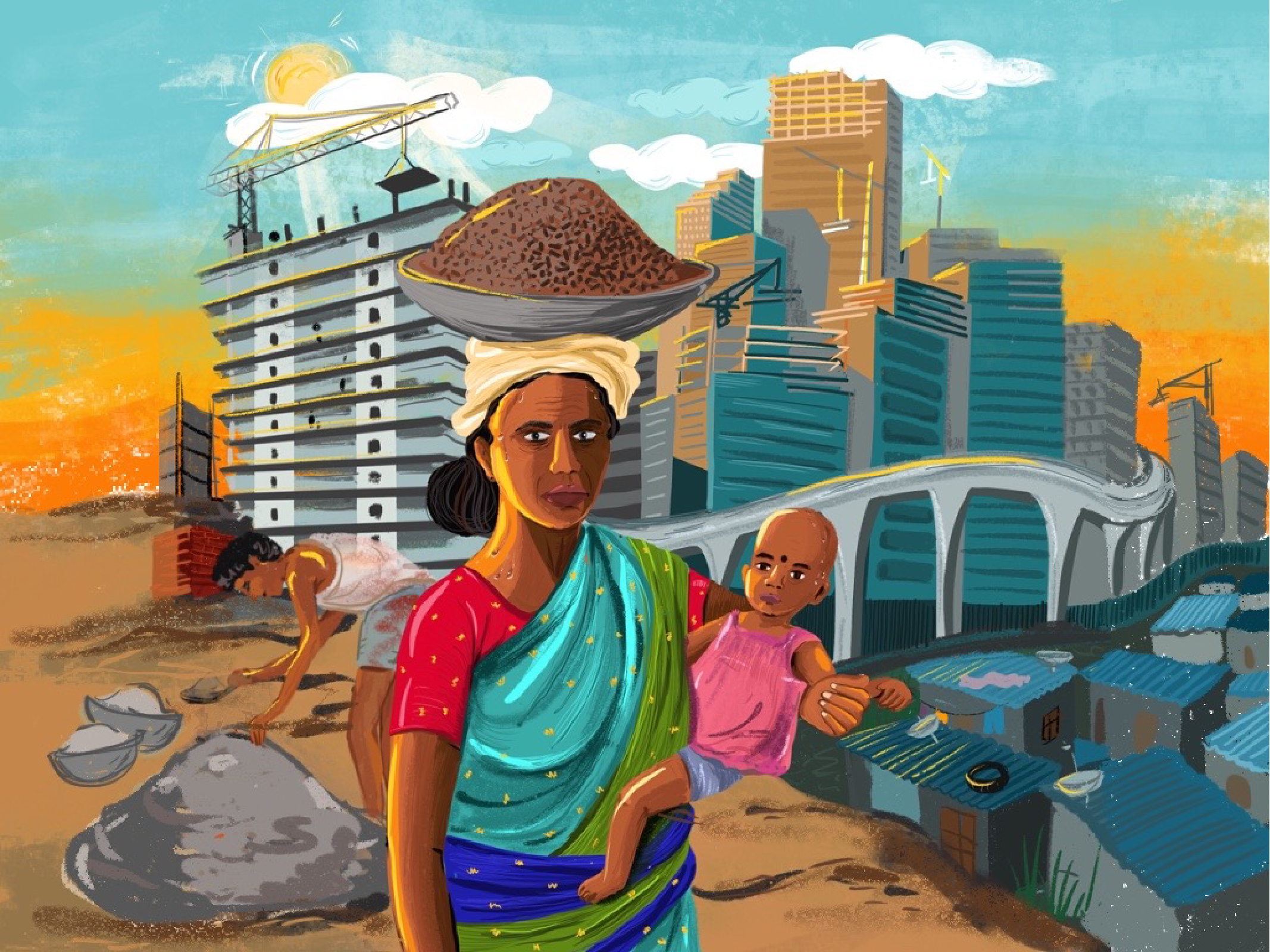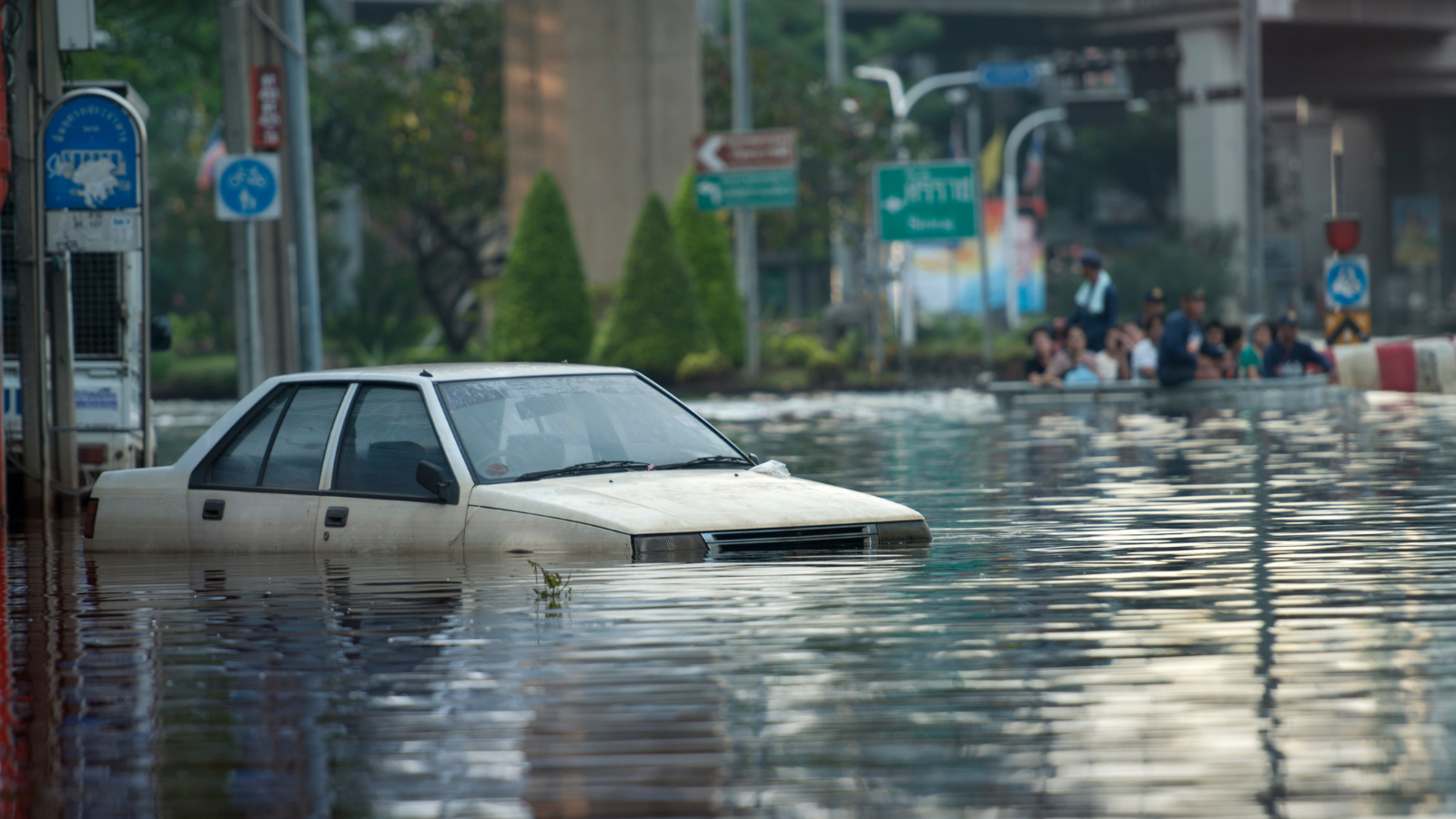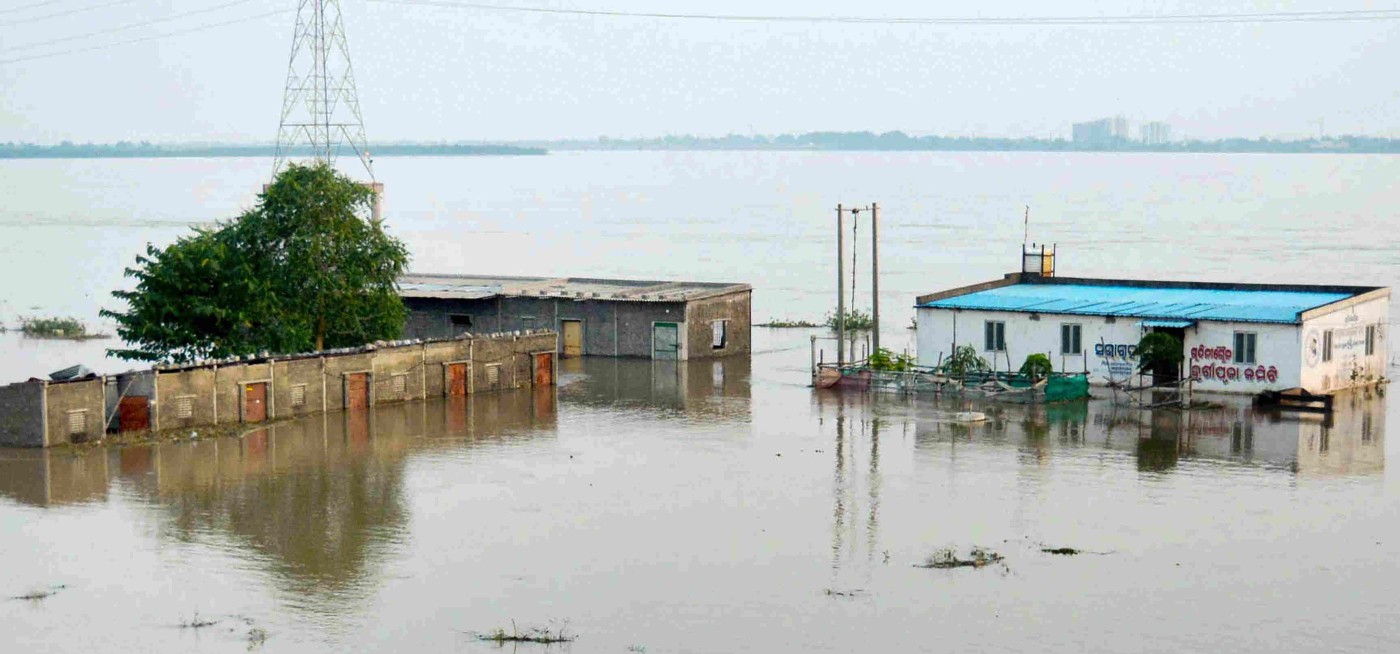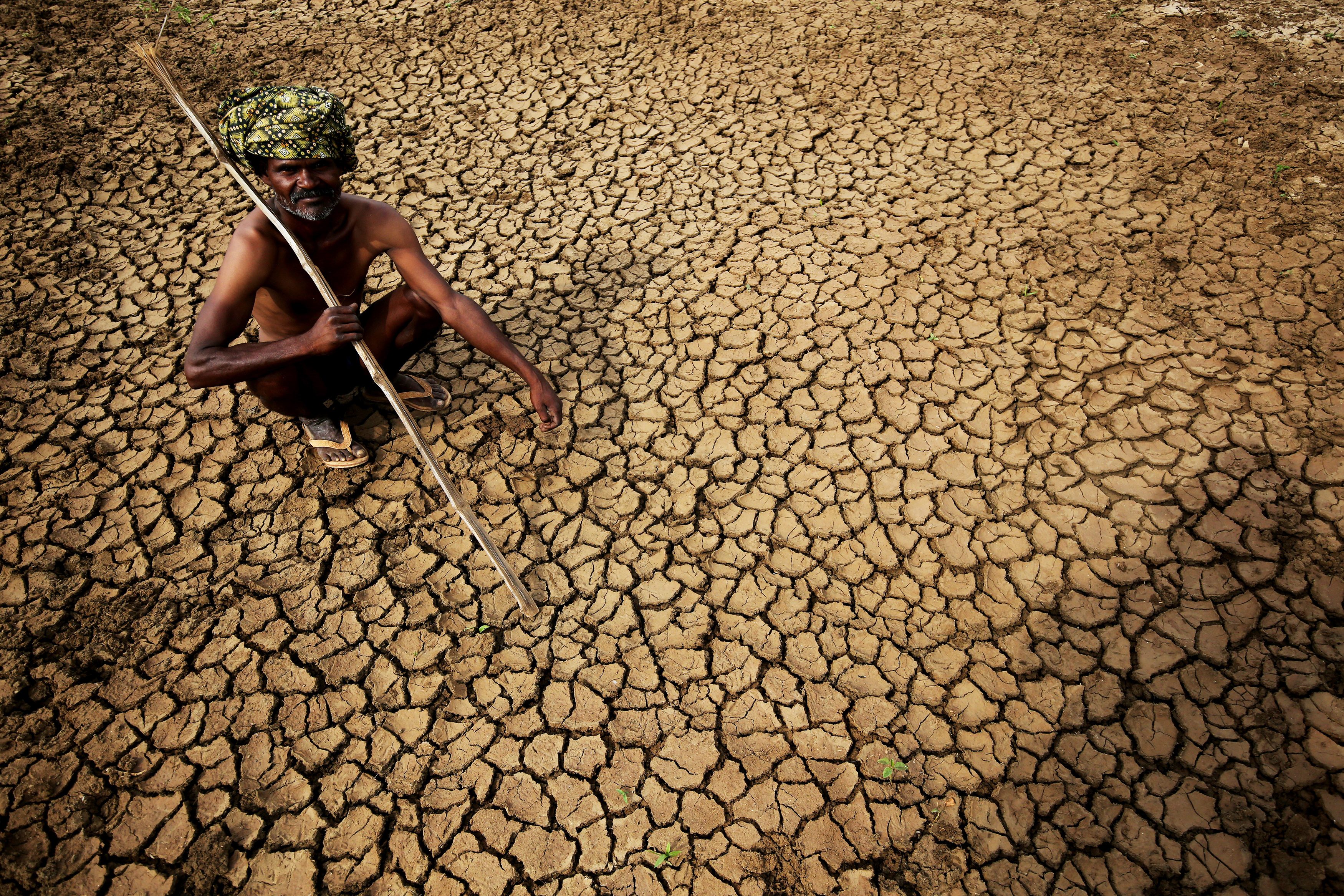Heatwaves: No Relief in Sight for Daily Wagers in Cities
Heat, especially when combined with humidity, can slow people down when they’re performing heavy work such as in agriculture or construction. As the climate heats up further due to greenhouse gas emissions, every fraction of a degree of warming is causing more work time to be lost for heat-related reasons.
By Carbon Impacts / Apr 30, 2022

47-year old Anuj Kumar and his wife Sarita have been working as daily wagers for over 26 years in Delhi-NCR. Together, the couple has managed their family of five which includes three children. However, the last few years have been very taxing, both in terms of income and health.
Working as labour at a construction site, they always knew it would require great strength to brave extreme weather conditions. But increasing heat stress in the national capital has forced the ageing couple to look for more options at least for Sarita. Anuj still works as labour but has reduced the number of working days from 6 a week to 4 now. This has had a direct impact on their income. Earlier they both collectively managed to earn close to Rs 22,000-25,000 per month, this has now reduced to Rs 12,000-15,000. While the income has declined, the health expenses have increased wherein they now spend at least Rs 600- Rs 1000 every two months on the doctor visits.
“It has become almost unbearable to work during the day. We do not understand the science but we are experiencing changing weather conditions. It is tremendously hot these days and the humidity from May onwards makes it impossible for us to work outdoors. Our productivity has declined and we fall sick more often now. It was not that bad in the earlier days. My father was also a daily wage labourer till the age of 60 but I don’t think I will be able to persist with this physically intensive outdoor labour till that age. My wife, Sarita has suffered two major attacks of heatstroke and we have lost count of dehydration episodes. Sarita is already looking for work as a house help or other small chores which don’t require us to be outdoors,” said Anuj Kumar.
According to the Kumars, they both used to make Rs 500- Rs 800 per day at a construction site. However, for cleaning a car for a month Anuj gets Rs 350, while Sarita manages to earn Rs 1500 per month as a house help.
Ramraj Mishra, a contractor, based in Delhi, said, “The productivity has definitely declined due to increasing heat. Earlier working hours were long, about 10-12 hours but now we see the fatigue among the labourers after working 8-9 hours only. Also, more of them report being sick now, primarily with complaints of dehydration, heat strokes, breathlessness and fatigue. I have known Anuj Kumar for the past 15 years, he now only comes to me for work for just 3-4 days a week. But it is not only him and there are several others like him.”
Construction window in the national capital has also shrunken not only because of the increasing heat but for a few other reasons as well. Rising air pollution in Delhi during the winters also brings construction work to a complete halt, while the Monsoon season does not see any major construction work due to rains.
Adding further, Kumar said, “Loss of income has impacted my future with my children. I wanted to educate my children for better future prospects. But circumstances are such that my eldest son has now dropped out of school and has started helping us. I am afraid my other two children would not have to meet the same fate. These odd jobs do not offer great money. Inflation and hospital expenses have been rising but my income is not increasing. I am afraid that the day will come when we will not be able to afford three meals in a day even, let alone pay for healthcare. We do not have the luxury of not venturing out in the sun during the heatwaves. We had never thought changing weather would have such a deep impact on our lives. Only God can save us now.”
The impact of climate change on mortality from thermal stress in cities and regions across developing countries like India is highlighted as major stress in the IPCC’s AR6 Working Group 2 report on Impacts, Adaptation & Vulnerability. Populations in developing countries (e.g., Mexico City, New Delhi, Jakarta) may be especially vulnerable because they lack the resources to adapt to heat waves. According to a report cited by IPCC WG2 report on Climate Impacts, all Indian states will have regions that experience wet-bulb temperatures up to 30°C or more. A wet-bulb temperature, a measure that combines heat and humidity, of 31°C is extremely dangerous for humans.
Heat, especially when combined with humidity, can slow people down when they’re performing heavy work such as in agriculture or construction. As the climate heats up further due to greenhouse gas emissions, every fraction of a degree of warming is causing more work time to be lost for heat-related reasons. Over the last four decades, heat-related labour losses have increased by at least 9% (>60 billion hours annually) as global average temperatures rose about 0.4°C because of human activities. India currently loses around 259 billion hours annually due to the impacts of humid heat on labour, up from a previous estimate of 110 billion hours. In terms of changes, in the first 20 years of this century, India lost 25 billion more hours annually compared to the previous 20 years.
Experts speak:
“Some of the key findings of the latest IPCC report include the affirmation on global warming and heat waves that has implications for India. Every additional half-degree of warming causes an increase in the intensity and frequency of heat-related extreme weather and drought in some regions. India’s 54% of landmass is arid and semi-arid which is being directly impacted by these changes. The heat stress is predicted to be on a rise including the humidity. Older people, those who have co-morbidity and people living without much access to a safe and hygienic environment such as water supply and sanitation will be directly affected. It is expected that the labour productivity will go down in peak heat stress regions affecting the economy and health of the daily wage earners who are exposed to heat conditions,” said Dr Anjal Prakash, Research Director, Bharti Institute of Public Policy, Indian School of Business and lead author of the chapter on cities, settlement and key infrastructure and cross chapter paper on mountains in IPCC WGII.
“The cities concentrate heat risks based on the way they're built, but what is more important is the intra-city differences as not everyone is equally exposed to heat risk in cities. Most importantly, we see evidence of intra-city differences – so poorer, more vulnerable people for example those living in informal settlements or those engaged in labour that requires working outdoors are experiencing disproportionate burdens. This brings the idea of vulnerability, which shows that the past trajectories of development shape the current and future risks. There is a higher risk of heat-related mortality and morbidity, and the incidence and spread of vector-borne diseases. Both the frequency and the duration of heatwaves are going to increase in South Asia. Within the regions there are differences and there are particularly cities where there's going to be significant impacts,” said Dr Chandni Singh, Senior Research Consultant at Indian Institute for Human Settlements, Bangalore, India. Lead Author on the chapter on Asia and the cross-chapter paper on Cities & Settlements by the Sea
heatwave

